So… yeah. Paradigm. That’s a word mostly used in science papers. A paradigm is a way to conceive and area, a thinking model, a framework. BJJ education mostly conforms to a paradigm:
- learn techniques with details at slow speed
- figure out a concept that drives multiple techniques
- try to use them during live sparring
- drill specific technqiues to engrain them in your muscle memory
After finishing my last entry it became clear to me that my issue is with the two first points.
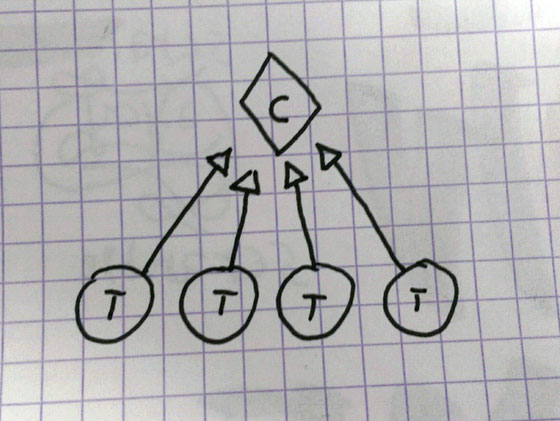
But I believe we could — and should — learn things the other way around: first the concept, then the techniques.
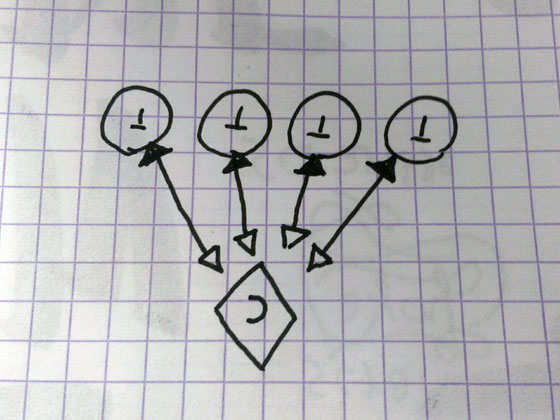
This is simply a more sustainable way to learn. Learning the basics of a technique may be a little shorter than learning a concept but a concept gives you the basic for several techniques at once.
A rather obvious example
I’m working on more complex topics but just to demonstrate the point here, I’ll give a short example. In the following videos, focus on the following techniques if you’re not familair with them:
- scissor sweep (first video)
- scissor sweep — knee push variation (first video)
- spider scissor sweep (second video)
- DLR knee push (third video)
- Hip bump (fourth video)
The names give it away, but those five techniques are pretty much the same. The first step is always to reduce the angle between the two upper bodies.
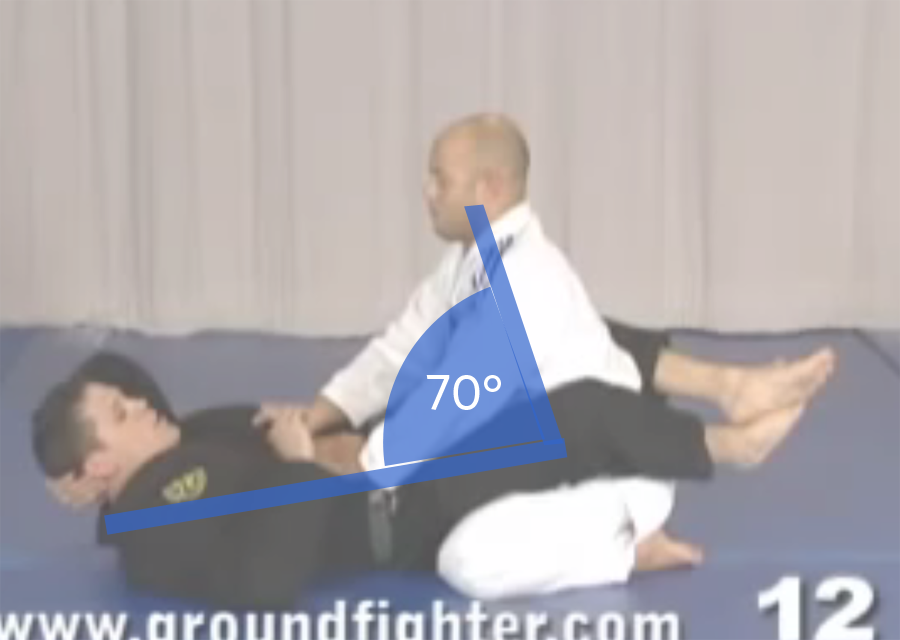
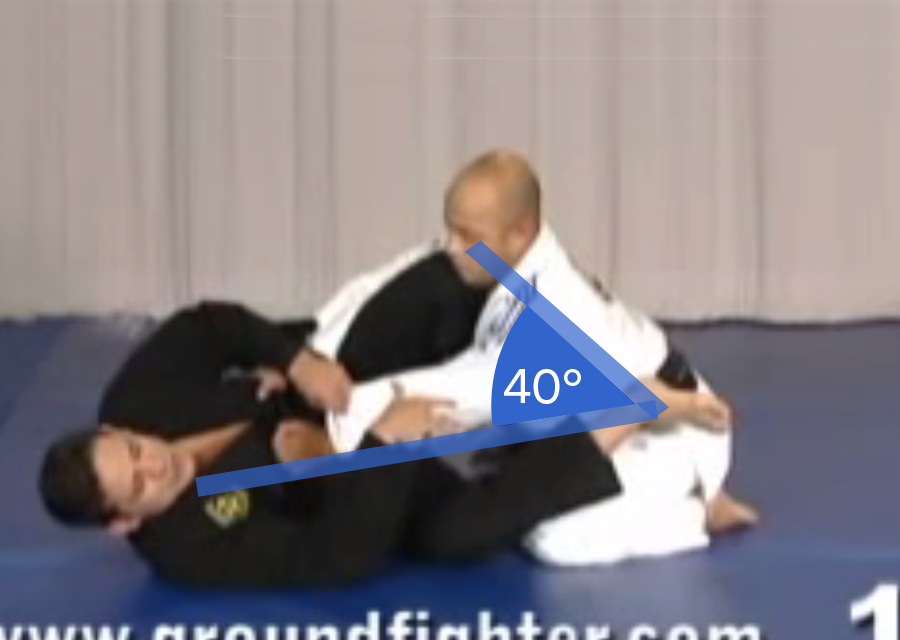
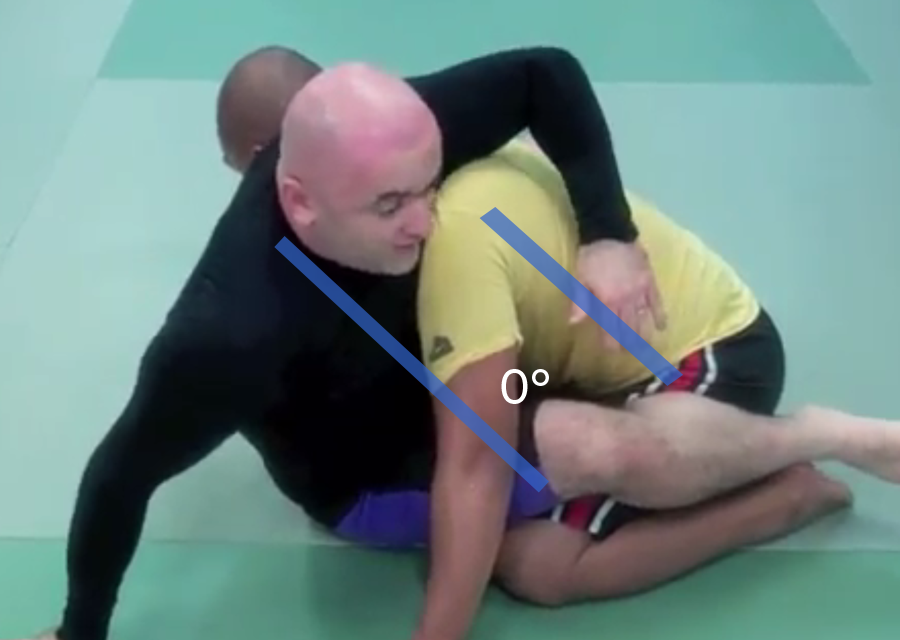
There are minor variations afterwards, but the idea is to roll to the side while suppressing a base. In these techniques, the base that gets removed is the rolling-side leg.
The hip bump and the regular scissor sweeps use a foot posted against the leg to “trip” the opponent, the knee push variations kick the leg away.
And those are just five techniques that I’m familiar with, but there are more using this concept.
How can a concept be taught without technique?
Honnestly I don’t think thats possible, but maybe I’ll come up with something. The key difference is that you should explain the concept, not the techniques. They are just there to illustrate the point, don’t bother getting into details.
Right now, I’m inclined to think that the following steps would work well:
- Warm up with exercises that relate to the concept.
- Explain the concept and illustrate it by roughly showing several techniques.
- Let every student try the concept out. They should be abble to reproduce at least one technique. Incencitize them to find other applications for the concept. This should be research between groups of 2 or more students. Higher belts with more mat time can probably come up with more ideas.
- General debrief. Cover points of failures, hint at counters and show other techniques that you hand’t before. If some groups came up with new application, let them demonstrate it.
- Thematic sparring at 50% or lower. Keep practicing the concept but agaisnt a mildly resisting opponent. This is also the time to find counters which shouldn’t be too hard because both players understand the concept. No deceptions allowed during the first couple of rolls. Give each student enough time to try both the attacks and the counters.
- Allow time for technique specific questions. This is where you can give some tips & details.
- Full speed sparring.
I wouldn’t suggest doing all of the above during a single lesson as it would be overwhelming. But over the course of several lessons, I think this would work quite well.
What about drilling?
Drilling is boring but muscle memory is real and valuable. Everyone has his own game and drilling something you don’t use is pointless, but micromanaging each student isn’t an option either so I don’t really have an answer for this. Yet.